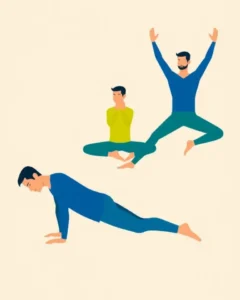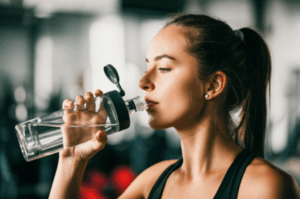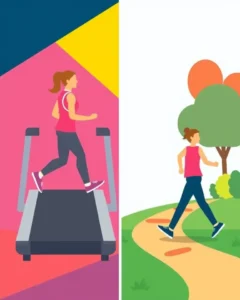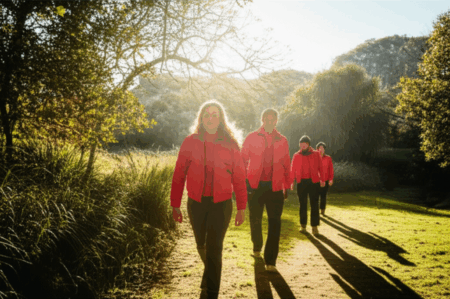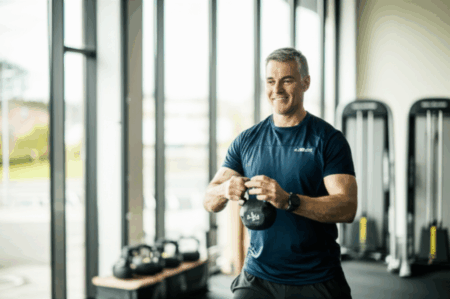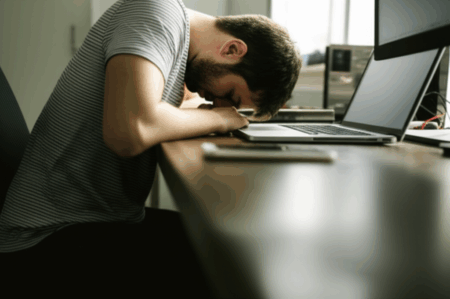Celebrity fitness trainer Yasmin Karachiwala recently highlighted Wall Pilates as an effective and accessible method for overall health and wellness, emphasizing that it’s a versatile adaptation of traditional Pilates. This low-impact workout leverages the wall for resistance and support, making it suitable for various fitness levels and a popular trend with millions of views on social media.
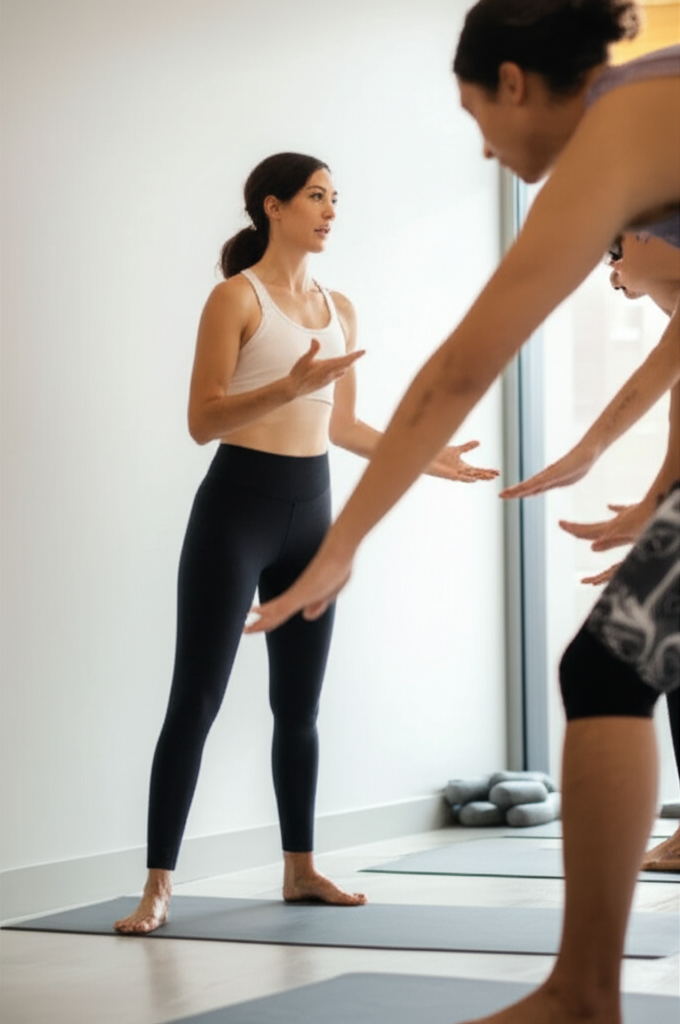
Understanding Wall Pilates: More Than Just a Trend
Wall Pilates is a variation of traditional Pilates that incorporates a wall to provide both resistance and support during exercises. While Pilates traditionally involves mat work or specialized equipment like reformers, Wall Pilates utilizes the stable surface of a wall, adding a new dimension to classic movements. This adaptation can make some exercises easier for beginners by offering stability, while also increasing the challenge for more advanced practitioners by adding resistance.
Core Principles and Accessibility
Like traditional Pilates, Wall Pilates emphasizes core strengthening, flexibility, balance, and mindful movement with precision and control. It’s a low-impact workout that can be performed by people of all ages and fitness levels. A significant advantage of Wall Pilates is its accessibility; it requires minimal equipment—often just a mat and a clear wall space.

Key Benefits of Incorporating Wall Pilates
Wall Pilates offers a wide array of benefits for physical and mental well-being. Regular practice can lead to noticeable improvements across various aspects of health.
Enhanced Core Strength and Stability
Wall Pilates is a highly effective way to strengthen your core, as every movement originates from or engages the core muscles. Pressing your body against the wall provides additional support and resistance, allowing for deeper core engagement. This focus on the core contributes to improved overall stability.
Improved Posture and Spinal Alignment
The stable surface of the wall facilitates maintaining proper form during exercises, which leads to better spinal alignment. Wall Pilates exercises help to lengthen and stretch the spine, strengthening the muscles that support it and correcting poor posture often caused by sedentary lifestyles. This can reduce pain and stiffness, helping individuals stand taller and feel lighter.
Increased Flexibility and Mobility
Consistent Wall Pilates practice gradually increases muscle length and stretch, promoting improved flexibility and range of motion in your joints. Exercises like the wall glute bridge not only strengthen glutes and hamstrings but also increase hip mobility.
Pain Relief and Injury Prevention
Pilates is widely promoted by physical therapists for injury prevention and rehabilitation. Wall Pilates, in particular, can help alleviate common issues like back pain by lengthening the spine, decompressing vertebrae, and strengthening supporting muscles. It can also be beneficial in reducing menstrual cramps by stretching lower back muscles and the pelvis.
Full-Body Engagement and Toning
Beyond the core, Wall Pilates engages the entire body, targeting muscles from head to toe. It helps to tone arms, legs, and glutes, ensuring a well-rounded workout. The wall adds resistance, intensifying the workout and helping to build strength and tone muscles faster.
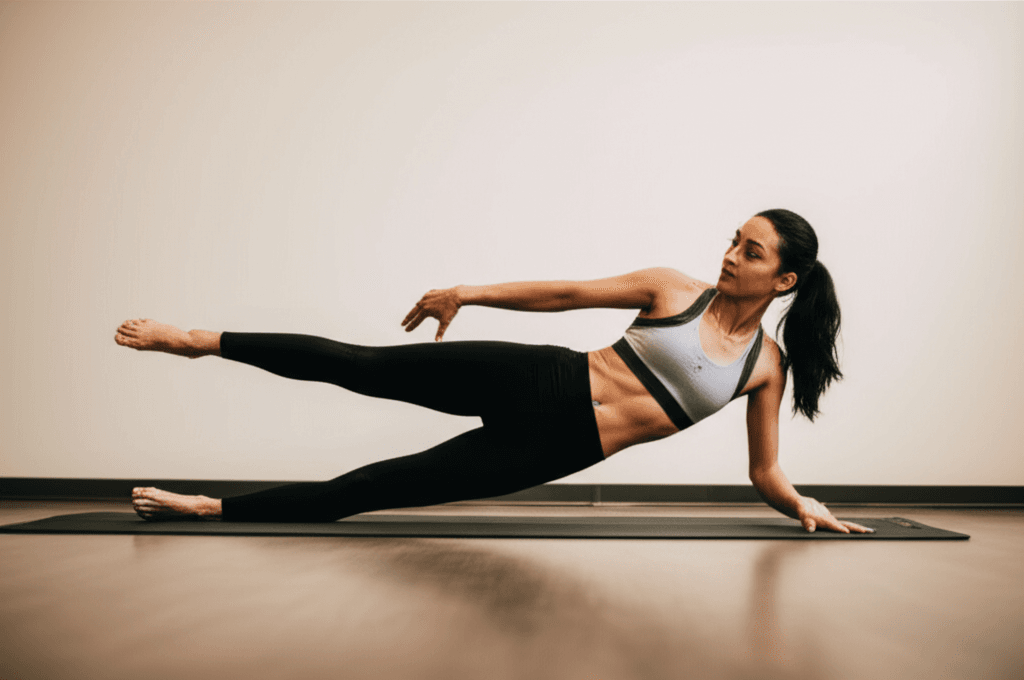
Incorporating Wall Pilates into Your Routine: Sample Exercises
To begin a Wall Pilates routine, find a flat, sturdy wall surface and wear comfortable, stretchy clothing. Many people practice barefoot, but supportive athletic shoes or grip socks can be used. Consistency is key to experiencing the long-term benefits.
Fundamental Wall Pilates Exercises:
- Wall Roll Down: Stand with your back against the wall, feet hip-width apart. Slowly roll your spine down the wall, bending your knees into a seated position, and then roll back up. This exercise focuses on spinal articulation and flexibility.
- Wall Push-Up: Stand an arm’s length from the wall, placing hands at shoulder height. Lower your chest towards the wall and push back up, maintaining a straight body like a plank. This strengthens the upper body and core.
- Wall Sit: Stand with your back against the wall and walk your feet about a foot away. Slide down into a squat position with knees at a 90-degree angle, holding for a specified duration. This isometric exercise targets the lower body.
- Wall Glute Bridge: Lie on your back with feet flat on the wall, knees bent at a 90-degree angle. Press your feet into the wall, lifting your hips off the ground, then slowly lower. This strengthens glutes and hamstrings and improves hip mobility.
- Double Leg Slide: Lie on your back with knees bent and feet lightly touching the wall. Exhale and slide your legs straight up the wall, keeping your lower back pressed into the mat, then inhale and slowly slide them back down.
- Leg Circles: Lie on your back with legs extended straight against the wall at about a 45-degree angle. Lift one leg off the wall and perform controlled circles, engaging hip flexors, quadriceps, and adductors.
Beginner-Friendly Routine Suggestions:
For beginners, a 20-minute routine 2 to 3 times a week is a good starting point, gradually adding new exercises as strength improves. Many routines incorporate a warm-up, main workout, and cool-down. Focusing on proper form and technique is crucial to maximize effectiveness and minimize injury risk. Typically, 8 to 10 repetitions done in a controlled and mindful manner are effective for classical Pilates movements.

